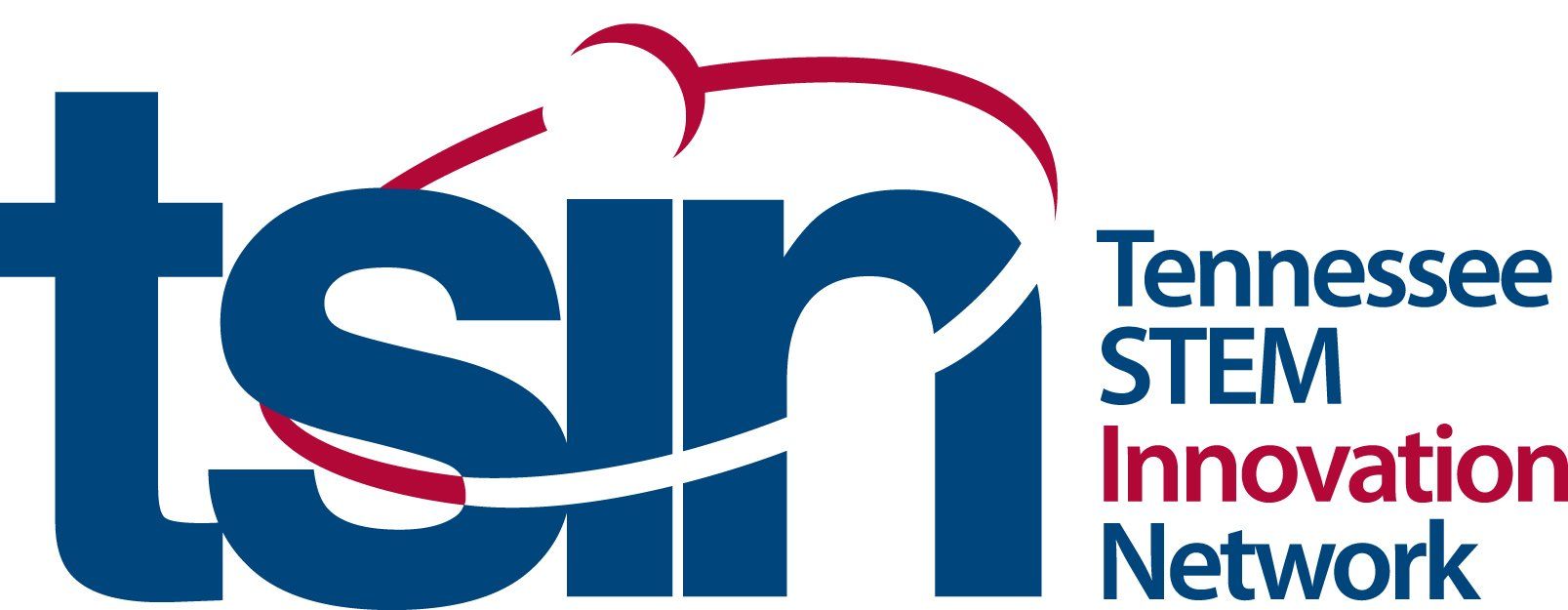Exploring Digital Fabrication & Manufacturing!
Maker Monday
Digital fabrication encourages creativity and customization for many industries. Digital fabrication starts with a design idea that is translated into a computer design before becoming a physical prototype. One of the most common forms of fabrication is 3D printing which is also known as additive manufacturing.
Today, you'll learn about 3D printing and create a model of a pencil holder!
Step 1: While you've probably heard of 3D printing, you might not have realized that it was part of fabrication and manufacturing. Watch this
video to learn about 3D printing and additive manufacturing.
Step 2:
Learn more about additive manufacturing here. Now think about how you might create something useful, like a pencil holder! Sketch your idea in your Da Vinci notebook.
Step 3: You might now have a 3D printer at home, but that doesn't mean that you can't prototype with a digital platform. Explore the digital design platform Makercase. Use your sketch to create a digital prototype of your pencil holder! Don't forget to customize the "finger joints" to hold it all together.
Step 4: You can assemble your prototype by cutting and taping a paper template together. Or you can trace each piece onto cardboard and then cut it out and assemble it.
Step 5: Ask an adult to share a picture of your pencil holder on social media using #MakerMondayTN and #AlwaysLearningTN!
Additional Resources:
Wonder Wednesday
Additive manufacturing is a process where an object is created by adding material layer by layer, like 3D printing. Subtractive manufacturing involves cutting away from a solid block of material to create an object. Think of a sculptor with a block of stone. They chip away at it until the statue is finished.
Today, you'll learn about different forms of subtractive manufacturing!
Step 1:
CNC machining is a subtractive manufacturing process that uses computer-controlled machines to remove layers of material from one large piece. Take a tour of some of these machines here.
Step 2: Can you think of different ways manufactures might cut away the extra material in subtractive manufacturing? Laser cutting is a digital subtractive fabrication technique that consists of cutting or engraving material by means of a laser. See how it works here.
Step 3: Companies like CNC sometimes partner with schools to create student products, Watch this
video to see how an elementary school partnered with a CNC machining company to build a grow globe.
Step 4:
Consider what you have learned about subtractive manufacturing and design something for your school. Draw your plan in your Da Vinci notebook
and consider what parts could be made with CNC machining.
Step 5:
Ask an adult to share a picture of your design on social media using #WonderWednesdayTN and #AlwaysLearningTN!
Additional Resources:
Future Friday
Careers in digital fabrication use modern modeling software. Digital fabricators design and create physical objects used by consumers and industries. This new way of creating has changed manufacturing forever. Prototypes that used to take weeks to make can now be produced in just a few days at a fraction of the cost.
Today, you'll explore exciting careers in digital fabrication!
Step 1: A career where digital manufacturing and fabrication is thriving is the medical field. From artificial heart valves to prosthetic limbs, medical device development careers are saving lives. Learn more here.
Step 2: Architects have embraced digital fabrication to visually represent their designs and to ensure that their designs are stable and safe. Read about the use of 3D printing in architecture here.
Step 3: Digital manufacturing and fabrication is opening a window into the past in the field of anthropology. Scientist can make scans of bones, skulls, and other fragile artifacts and produce replicas to study and manipulate while preserving the original specimen. Learn more about the process here.
Step 4:
Imagine being able able to fix your broken toy with a replacement part that was 3D printed. Toy Rescue
offers 3D print files for replacement parts for broken toys. Explore their website and see if one of their parts might fix one of your toys.
Step 5:
Ask an adult to share something you learned about one of these careers using #FutureFridayTN and #AlwaysLearningTN!
Additional Resources:
Connecting Globally - We at TSIN believe STEM connects us all and in an effort to enhance those connections, the Resources Series will be connected to the United Nations Sustainability Development Goals.
Goals 9: Build resilient infrastructure, promote inclusive and sustainable industrialization and foster innovation




